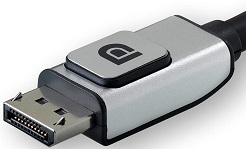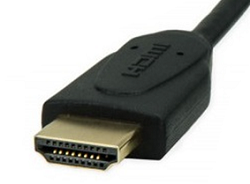Monitor buying guide
The type of Monitor
Monitors today are primarily LED flat panel displays. These types of monitors will last the longest and be most power efficient. Newer technologies like curved monitors are also available that can enhance immersion and field of view.
Resolution
Resolution - is the number of pixels the screen is made up of. The higher the number, the more detail the monitor can achieve. At the very least, you should have a monitor that is High Definition (HD) or 1080p (1920 x 1080). This is because most games today, on consoles especially, run at 1080p. PC Games as a base start at 1080p, and go higher. While 4k resolutions offer a vast desktop space, some text and details become very tiny, and over time can cause eye fatigue/strain. A good alternative or in-between would be 2k resolutions like 2560 x1440.
Note: The higher your monitor resolution is, the harder your PC/graphics card will have to work, in order to push those higher-resolution screens when playing games.
Size
The size of your monitor is also important. Make sure to get a large enough monitor to prevent eye strain. 24” monitors are pretty common and can be found for around $150. Although, 27” and 32” monitors are becoming more common at an affordable price.
Colour Space
Colour space is another aspect to consider. Two classifications are common, sRGB and Adobe RGB. A wide gamut sRGB is comparable to a full Adobe RGB colour space. Although, Adobe RGB does claim to have a wider colour gamut. Keep in mind the wider the colour gamut the more expensive the monitor will be. These expensive professional monitors are more geared for photo realism and may not be necessary for simply coloured games.
Refresh Rate
Refresh rate is the number of times per second (in hertz, or Hz) a monitor refreshes its image. This property of a monitor is important when playing fast paced video games. The higher the refresh rate, the smoother the action appears on screen.
Connection Types
In the PC/Windows world, the 2 most used type of connection methods are: HDMI and Display Port (most monitors will offer both):

Display Port

HDMI
Extra Features
Some monitors offer special features such as picture in picture display, picture by picture, built-in speakers, or extra USB ports to act as a hub for charging, or for connecting other devices.
Make sure to pick a monitor that will best suit your home workstation/needs/budget.